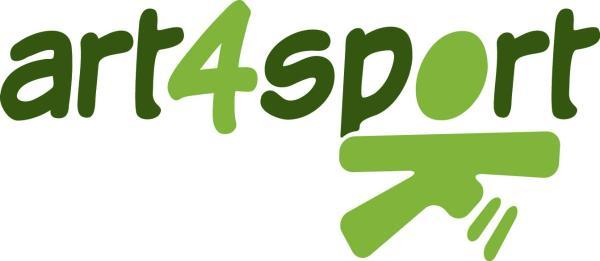>> You can download the essay here
Dreams have always been a constant in my life. We should all have dreams that we aspire to: they are the engine that drives everything.
I began dreaming when I was a young girl and I’ve never stopped!
I was five years old when I started to fence, I was quite good and almost immediately I began thinking about taking part in the Olympic Games. Then, along the way, I had to revise my plans a bit. At the end of 2008, when I was 11, I contracted fulminant meningitis. It was a dreadful situation and to save my life my legs had to be amputated from the knee down and my arms below the elbow. I was in hospital for 104 days and when I came out I couldn’t wait to get started again. I was different, however, and the doctors said that I wouldn’t be able to do the things I had done before. Right away I tried to work out how I could go back to my previous life and I based my plans on my main passions, the three S’s: scouts, school and scherma (fencing).

